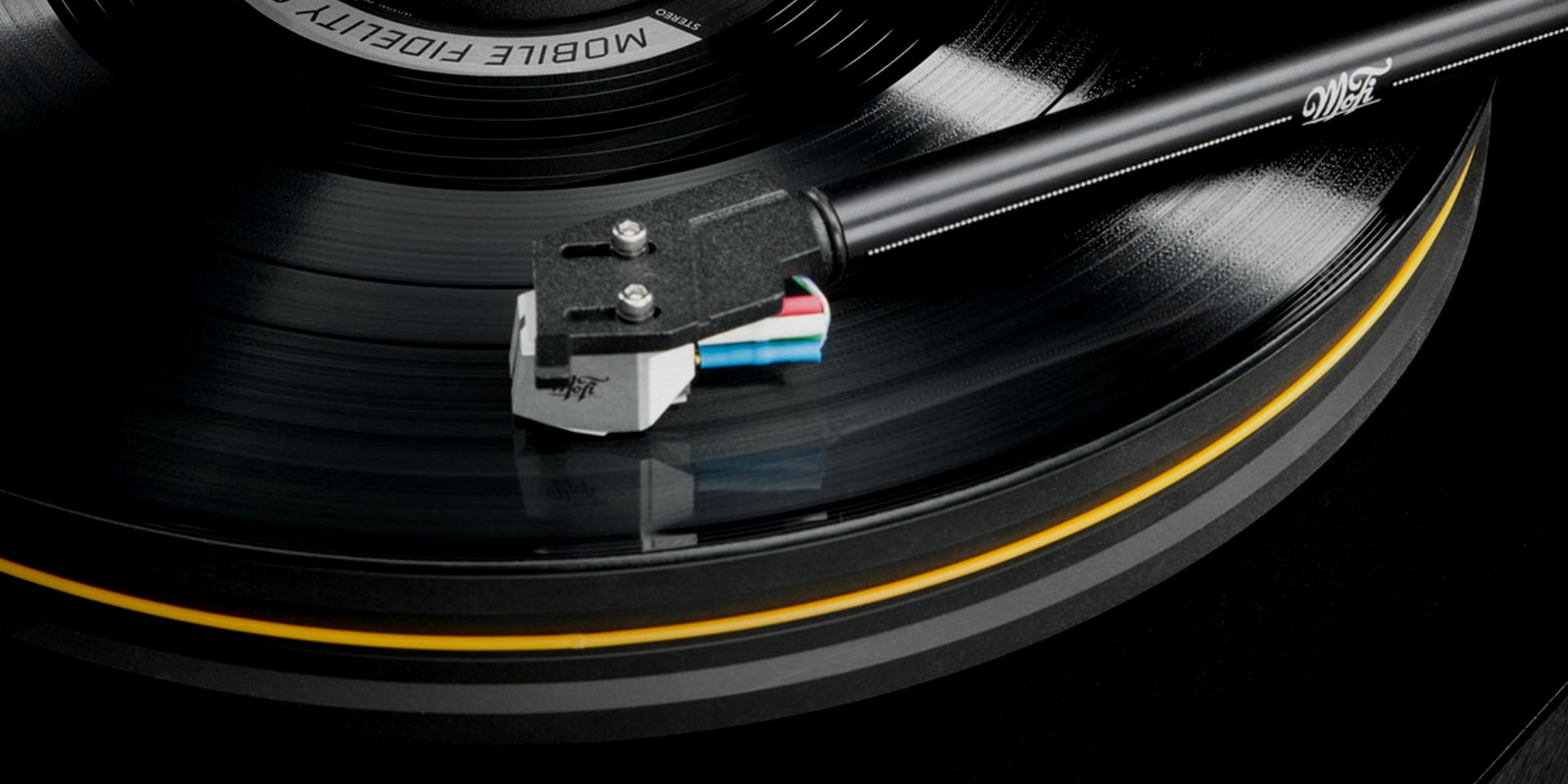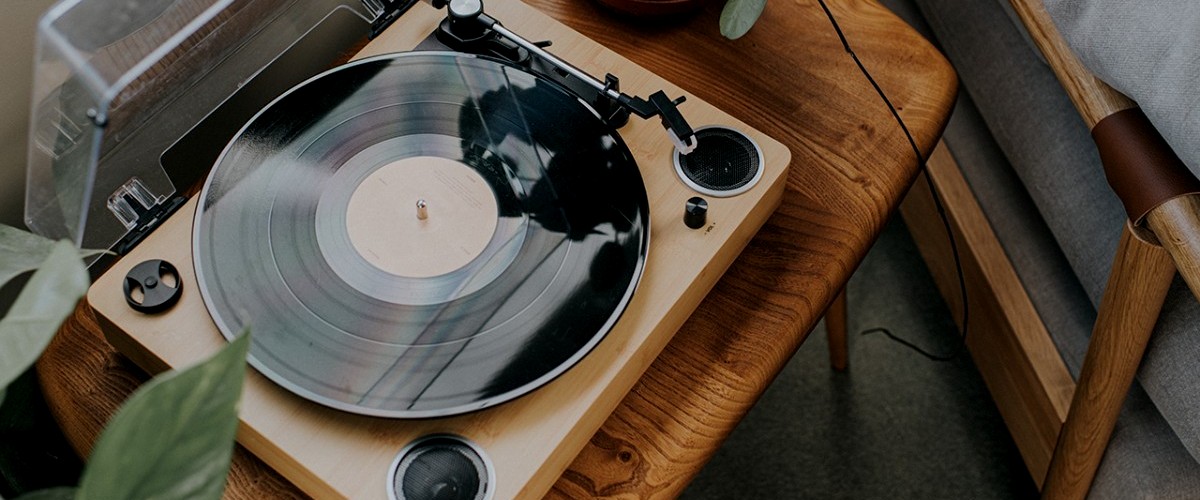
To produce sound, a vinyl player needs to rotate at 33 1/3 revolutions per minute while a needle traces the bumps and dips in the spinning record. There are various types of drives that power these players, each with its advantages and disadvantages. In this article, we will explore three different types of drive mechanisms and discuss how they affect the overall listening experience.
The Direct Drive
The direct drive turntable is the most common type of turntable. In a direct drive player, the mechanical connection between the alloy wheel and the electric motor is created using a common axis. This type of drive is typically found in entry-level players as it offers the most basic and straightforward design.
The main advantage of the direct drive is its simple construction. It makes it easier to produce at lower costs, which results in a more affordable product for the consumer. Additionally, the direct drive is less likely to experience skipped or damaged tracks since no belt or wheel can become misaligned.
However, the direct drive also has a few disadvantages. One downside is that the motor can introduce unwanted vibrations into the player, which can degrade sound quality. Additionally, direct drive players require more frequent maintenance than other types of drives since the motor is in constant contact with the spinning record.

The Belt Drive
The motor is typically located off to the side. The belt wraps around the turntable platter. It could be on the very outside edge of the entire platter, or on the outside edge of an inner platter that the outer platter rests on. The motor turns the inner platter, and the outer platter spins along with it due to friction. The belt keeps the motor away from the turntable platter. It makes it so that the table can get up to full speed faster than if it did not have a belt. The belt will wear out and need to be replaced. It is a very simple and inexpensive exercise.
The advantage of this design is that it helps to isolate the turntable platter from vibration and unwanted noise. As a result – a cleaner sound that is more faithful to the original recording. The belt drive is less likely to damage your records since there is no direct contact between the motor and the spinning platter.
One downside is that the belt can stretch over time, which can cause the turntable to spin at an inconsistent speed. If the belt becomes loose, it can slip and cause the turntable to skip. The belt drive also requires more frequent maintenance than the direct drive since the belt needs to be replaced every few years.
The Idler Wheel Drive
The idler wheel drive is similar to the belt drive in that the motor is located off to the side and the wheel helps to rotate the turntable platter. However, in an idler wheel drive, the wheel is located between the motor and the platter. The motor turns the wheel, which then spins the platter. But this type of driver needs to be lubricated.
The low flutter and their insensitivity to stylus drag effects make the presentation very immediate, energetic, and with all the timing cues arriving intact. The idler wheel drive is less likely to damage your records since there is no direct contact between the motor and the spinning platter.
The idler wheel drive has a few downsides. They require a lot of maintenance because they will sound terrible if not properly taken care of. They also make a rumbling noise that some people find bothersome. The quality of your power supply will affect how well they run. Often, they run at slightly different speeds depending on it the motor is cold or warm.







